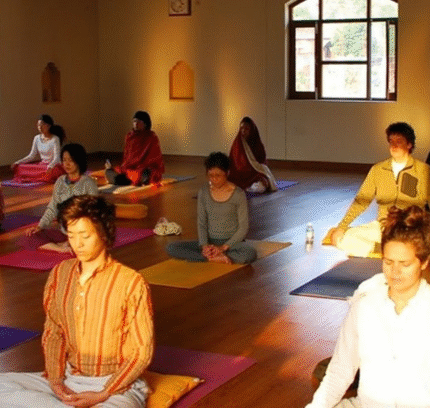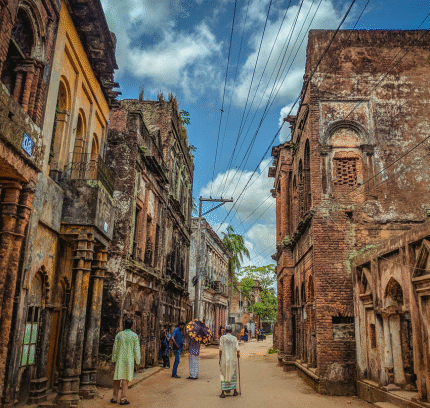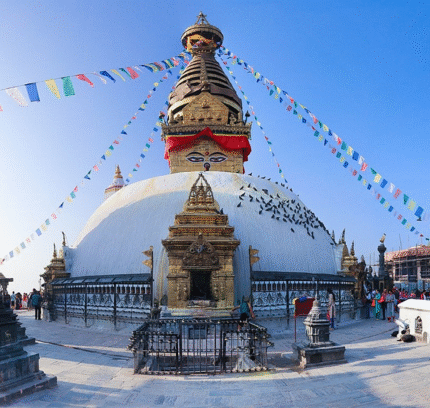🌸 Colours of Rajasthan – 09 Nights / 10 Days
Private Guided Tour | Cultural Discovery | Starts in Delhi, Ends in Delhi
Explore the soul of India through the royal state of Rajasthan, a land steeped in legends, colors, palaces, and spirituality. This 10-day private journey begins in the vibrant capital of Delhi and takes you through the lake city of Udaipur, the blue hues of Jodhpur, the sacred town of Pushkar, the regal city of Jaipur, and finally to Agra – home of the timeless Taj Mahal.
Uncover centuries-old forts, Jain temples carved from marble, bustling local bazaars, sacred lakes, camel rituals, Mughal grandeur, and royal Rajput heritage – all while enjoying comfortable stays, private transfers, and expert guided sightseeing.
✅ Tour Highlights:
-
Discover both Old and New Delhi, including Humayun’s Tomb, Qutub Minar, and Jama Masjid
-
Fly to Udaipur, the romantic city of lakes and palaces
-
Visit Ranakpur Jain Temples with 1,444 carved pillars
-
Climb the grand Mehrangarh Fort in Jodhpur – the Blue City
-
Walk the sacred ghats and Brahma Temple in Pushkar
-
Ride a Jeep to Amber Fort, explore Hawa Mahal and City Palace in Jaipur
-
Visit the awe-inspiring Chand Baori Stepwell and Fatehpur Sikri
-
Witness the beauty of the Taj Mahal at sunrise, and explore Agra Fort
🛏️ Inclusions:
-
9 Nights in handpicked hotels (3*/4*/5* options available)
-
Daily breakfast at the hotel
-
Domestic flight from Delhi to Udaipur
-
All airport and hotel transfers in a private air-conditioned car
-
English-speaking local guides in each city
-
All entrance fees to monuments and sites mentioned in the itinerary
-
Rickshaw ride in Old Delhi and Jaipur bazaar
-
Boat ride on Lake Pichola (Udaipur)
-
Jeep ride at Amber Fort (Jaipur)
🗓️ Duration:
10 Days / 9 Nights
Route: Delhi → Udaipur → Ranakpur → Jodhpur → Pushkar → Jaipur → Agra → Delhi
🔒 Type of Travel:
Private Guided Tour (customizable for couples, families, and small groups)
📌 Ideal For:
History Lovers | Cultural Explorers | First-Time Visitors to India | Photographers | Spiritual Seekers
💬 Why Choose This Tour?
“Colours of Rajasthan” isn’t just a trip—it’s an immersion into India’s royal past, spiritual traditions, and colorful present. Perfectly paced and full of iconic sites and hidden gems, this journey brings Rajasthan’s essence alive through stories, textures, and tastes.










Reviews
There are no reviews yet.